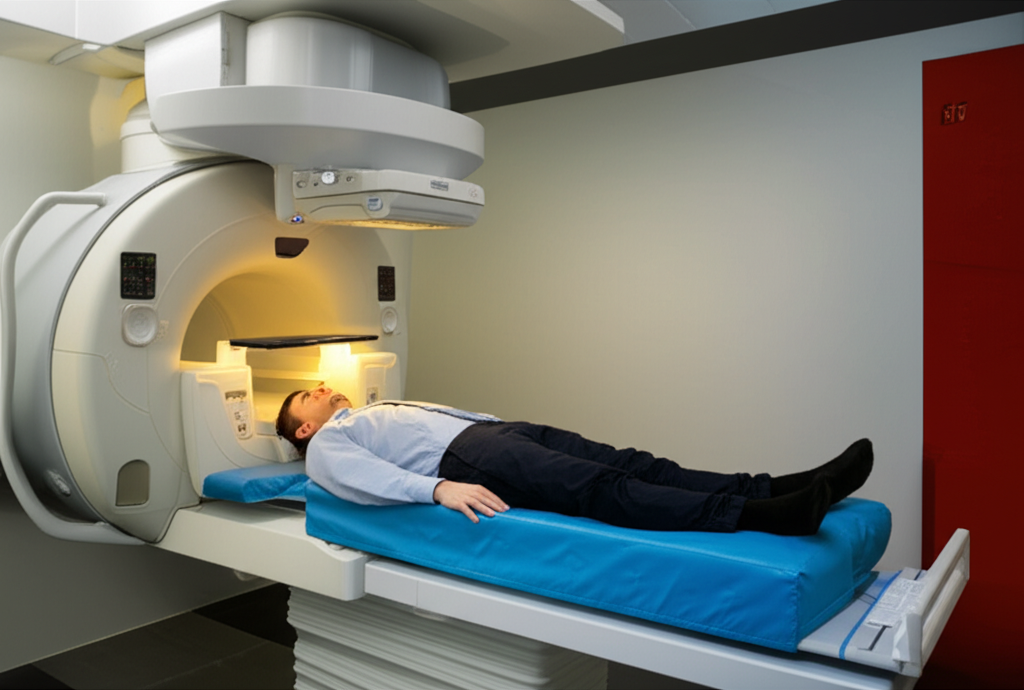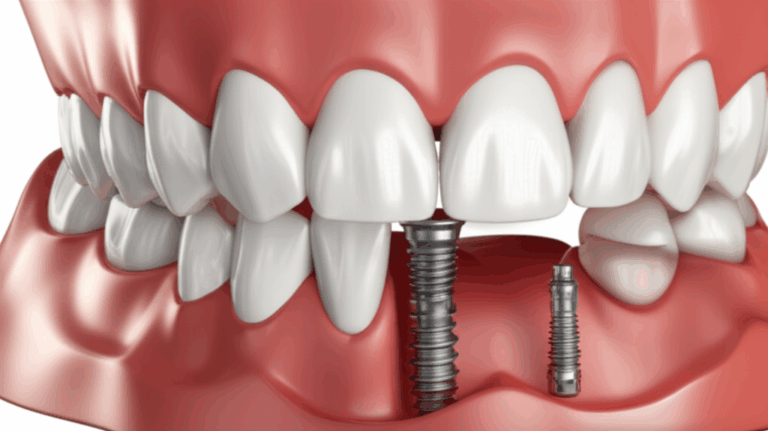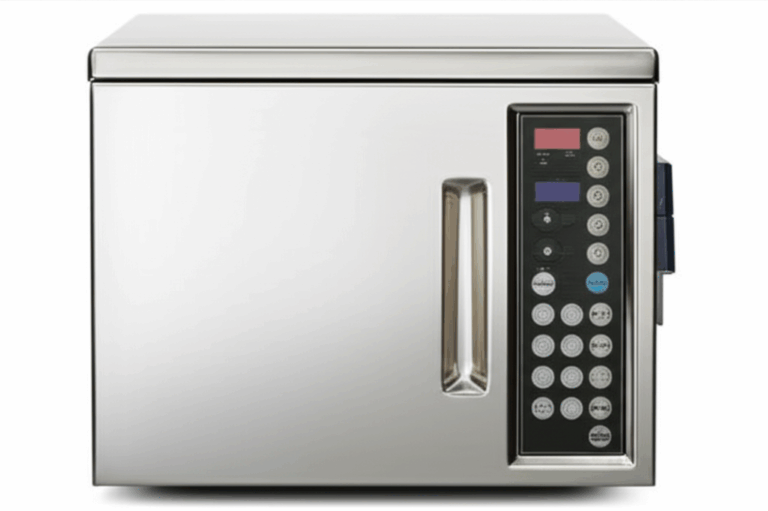
Do Dental Implants Affect MRI Scans? Your Easy Guide to Safety and MRI Quality
Table of Contents
- Titanium Implants: The Usual and MRI Safety
- Zirconia Implants: All Ceramic and MRI-Friendly
- Rare Cases: Magnetic Metals and Special Attachments
- Always Tell Them About Your Dental Implants
- How Staff Handle Risks and Bad Pictures
- Other Scan Choices When MRI Doesn’t Work
Introduction: My Story With Dental Implants and MRI
I still remember sitting at the dentist’s office, getting nervous as he talked about dental implants. Years later, I was feeling worried again, but this time in a hospital waiting area, about to get my first MRI scan. My big fear? Would my dental implants mess up the MRI, or—worse—put me in danger? Maybe you feel the same way right now. I’ve looked into this, talked to my dentist, and had a few MRIs myself. Let me share what I found out about dental implants and MRIs, so you’ll feel ready and less anxious for your scan.
The Short Answer: Are Dental Implants MRI Safe?
Let’s get right to it: most people with dental implants these days are totally safe in an MRI scan. Nearly all new implants are made with MRI-friendly stuff, mostly titanium and zirconia.
Here are the things you should know:
- You’re very unlikely to be hurt. I haven’t had any pain, heat, or weird feelings in my implants during an MRI, and science says that’s almost never a problem.
- The main worry isn’t your health, but the quality of the scan—sometimes implants can leave dark spots or blurry marks called artifacts on MRI pictures.
- Some very old implants or special things (like if you have magnets in your mouth) could cause trouble, but that’s rare.
So if you have a dental implant, relax. Just keep reading for tips on what to say to the MRI people and how to get the best results.
Dental Implant Materials and MRI Safety
I learned pretty quick: not all dental implants are made the same. What your implant is made out of really does matter when you get an MRI.
Titanium Implants: The Usual and MRI Safety
My own implants (maybe yours too) are titanium. Why do dentists use titanium? Because magnets don’t bother it! The strong MRI magnet won’t pull on titanium or make it hot.
Still, there’s a small downside. Titanium might make some of the MRI picture around it look odd or messed up. Kind of like if you throw a stone in a still pond—some ripples, but most of the pond stays smooth.
Zirconia Implants: All Ceramic and MRI-Friendly
I first heard about zirconia implants from a friend. If titanium is the trusty workhorse, zirconia is more fancy—completely ceramic and doesn’t react to magnets at all. On an MRI, zirconia basically vanishes—no weird marks, no safety worries. If you’ve got these (double-check with your dentist), getting an MRI is usually quick and easy for both patients and techs.
You can learn more about zirconia at some zirconia lab resources.
Rare Cases: Magnetic Metals and Special Attachments
And then there’s the rare stuff. Some old implants used nickel or had small magnets (for holding special dentures). These can be dangerous in an MRI, especially the strong ones (3.0 Tesla or above). Worst-case? The implant can heat up or move. That’s painful and risky. So it’s really important to know what’s in your mouth and to always tell your MRI staff.
If you’re not sure, ask your dentist. Reputable places, like a china dental lab, can help you find out with the part number and date.
How Dental Implants Can Affect MRI Pictures: The Problem of Image Artifacts
Mostly, people wonder if dental implants will ruin their MRI pictures. Here’s how it works:
What are MRI Artifacts?
“Artifact” is just a fancy word for a flaw or spot in a picture. When a strong magnet meets some metal (even metals magnets don’t stick to, like titanium), you might see:
- Dark holes or blank spots
- Bright marks where the signal gets mixed up
- Blurry or twisted areas near the implant
Imagine looking at a photo of a field, but there’s a blurry black circle in it where the sun glared on a car roof. That’s pretty much what an artifact is.
Effect on Clear Diagnosis
If your MRI is for your head, neck, jaws, or face, stuff from implants can cover up what’s under them, which makes the doctor’s job tough. I’ve seen MRIs where there’s just a fuzzy gray bubble over my implant—hard for the doctor to see things like infection or nerves.
But if your scan is for somewhere else—like your knee, brain, or back—the dentist’s work is too far away to make a difference. Techs have tricks to work around the problem, but sometimes you need a different scan.
Real Risks: Heating and Moving of Dental Implants in an MRI (Very Rare for Modern Implants)
I admit, I was scared the first time: would my implant heat up or get yanked out like in a cartoon? But these worries are basically nothing for people with modern implants.
Heating Worries
MRI uses radio waves along with the magnet, and this could in theory warm up metal bits. But with titanium and zirconia? Doesn’t happen.
My dentist told me unless you have a huge piece or a weird shape, you won’t even feel a tickle—no heat at all. Only old, magnetic bits or magnetic dentures show risky heat in studies, and those are super rare.
Moving Worries
Most people hate the idea of something in their body being pulled by the MRI. But this only happens with metals that magnets grab onto. Modern titanium and zirconia can’t be moved by the MRI magnet. The MRI staff will check to be sure, but for today’s dental implants, there’s really no risk.
If you have a rare thing, like a magnetic denture or an old old implant, talk to your dentist and the MRI team before your scan. Better safe than sorry.
Important Steps and What to Tell Your MRI Tech
Here’s where my own story might help most. I’ve had several MRIs since getting my implant, and letting everyone know ahead of time saved me a lot of bother.
Always Tell Them About Your Dental Implants
Always tell the MRI people about your dental implants—every single time. Even if it’s in your file, remind them out loud. Have these details ready:
- What is your implant made of? (Titanium, zirconia, or something else?)
- Who made it and when did you get it? (Your dentist or implant dental laboratory will have this info.)
- Bring your implant card if you have one.
The more info you share, the quicker and simpler the scan.
How Staff Handle Risks and Bad Pictures
MRI techs and doctors see dental implants every day. Good ones know ways to get better pictures, like:
- Changing how you lie or tilt your head
- Using special settings called MARS (Metal Artifact Reduction Sequence)
- Adjusting the magnet’s power
- Zooming in on parts without metal
If they think your implant could be risky, they might wait until they know more. I’m glad for their caution.
Other Scan Choices When MRI Doesn’t Work
When the MRI picture is too fuzzy from metal, doctors often use another scan. I’ve had a CT scan in this case, which can be good for bone and tissue checks, though it can still show some metal marks. X-rays also work for simple checks.
If your problem is right next to the implant, ask about other test types. The staff will help pick what’s best.
Questions People Ask about Dental Implants and MRI
Let’s answer common worries as simply as I can:
Can I have a strong (3T) MRI with dental implants?
Yes. If your implants are titanium or zirconia, strong MRIs are still safe. You might see a bit more fuzz on stronger scans.
Do all dental implants mess up MRI?
Most titanium implants make a small fuzzy area, but it depends on size, place, and scanner type. Zirconia? Hardly any artifact at all.
Will I feel pain or anything odd with dental implants in an MRI?
No, I never felt anything, and that fits what science says. But if you do feel weird (like heat), tell the tech right away.
What if I don’t know my implant metal?
Ask your dentist—they keep records. If that doesn’t help, a good dental ceramics lab or the maker can check with the right info.
Do fillings or crowns cause MRI trouble?
Fillings and crowns can also make small marks, but new stuff (like tooth-colored fillings or ceramics) are mostly safe. Old metal fillings can make very tiny blurry bits, but not enough to cause worry.
Ending: Focus on Being Safe and Getting Clear Results
If you reached this part, you now know a lot more about dental implants and MRI than most folks. Here’s what I figured out:
- Modern dental implants are safe in an MRI.
Titanium and zirconia won’t hurt you or react in the scanner.
- Artifacts are real, but doctors can handle them.
They can block parts of your scan, but techs have ways to get around most of them. For scans near your mouth or jaw, be sure to say so.
- Talk to your health team openly.
Your dentist, MRI tech, and doctor will thank you for giving clear info. And if you have an implant card, bring it along.
There’s a lot of comfort knowing you’re prepared. Whether you got your implant at a big digital dental lab or your neighborhood dentist, today’s typical work is made for safety and clear scans.
My best advice: keep learning, share your info, and don’t be shy about asking questions—before, during, or after your MRI. Wishing you healthy smiles and sharp MRI pictures!
Got more questions or worries about dental implants, scans, or finding a good lab? Check resources from your care team or look up trusted dental places online. Your peace of mind matters!








